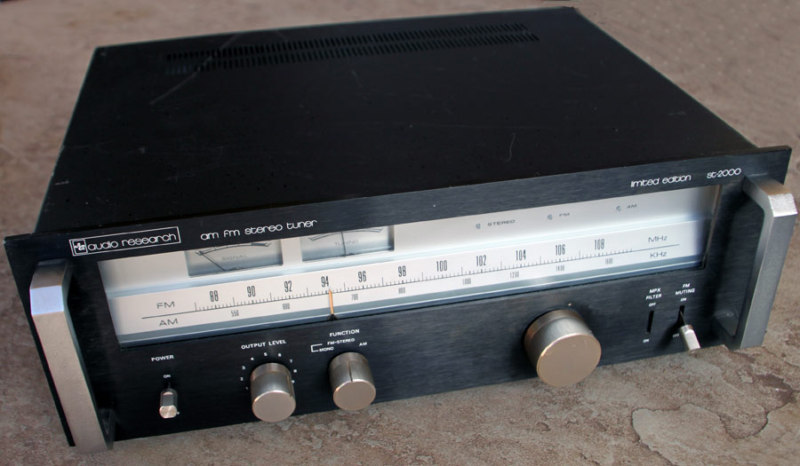
standard, but has been stagnant since the 2010s. HD Radio is one of several digital radio standards which are generally incompatible with each other: The HD Radio technology and trademarks were subsequently acquired by Xperi Holding Corporation in 2016. IBiquity was acquired by DTS in September 2015 bringing the HD Radio technology under the same banner as DTS's eponymous theater surround sound systems. It is officially known as NRSC‑5, with the latest version being NRSC‑5‑D. Federal Communications Commission (FCC) in 2002 as a digital audio broadcasting method for the United States. IBiquity developed HD Radio, and the system was selected by the U.S. The system sees little use elsewhere due to its reliance on the sparse allocation of FM broadcast channels in North America in Europe, stations are more tightly spaced. Four AM stations use the all-digital format, one under an experimental authorization, the other three under new rules adopted by the FCC in October 2020. While it is typically used in conjunction with an existing channel it has been licensed for all-digital transmission as well. With HD, a single FM allocation can carry all of these channels, and even its lower-quality settings usually sound better than AM. Previously these services required their own transmitters, often on low-fidelity AM.

Stations can choose the quality of these additional channels music stations generally add one or two high-fidelity channels, while others use lower bit rates for voice-only news and sports. The company makes its money on fees on additional multicast channels. HD Radio is licensed so that the simulcast of the main channel is royalty-free. High-fidelity audio requires only 48 kbps so there is ample capacity for additional channels, which HD Radio refers to as "multicasting". In most FM implementations, from 96 to 128 kbps of capacity is available. This leaves the original analog signal intact, allowing enabled receivers to switch between digital and analog as required. The term "on channel" is a misnomer because the system actually broadcasts on the ordinarily unused channels adjacent to an existing radio station's allocation. Virgin Islands, Canada, Mexico and the Philippines, with a few implementations outside North America. HD Radio is used primarily by AM and FM radio stations in the United States, U.S. HD radio generally simulcasts an existing analog radio station in digital format with less noise and with additional text information.

HD Radio ( HDR) is a trademark for an in-band on-channel (IBOC) digital radio broadcast technology.


 0 kommentar(er)
0 kommentar(er)
